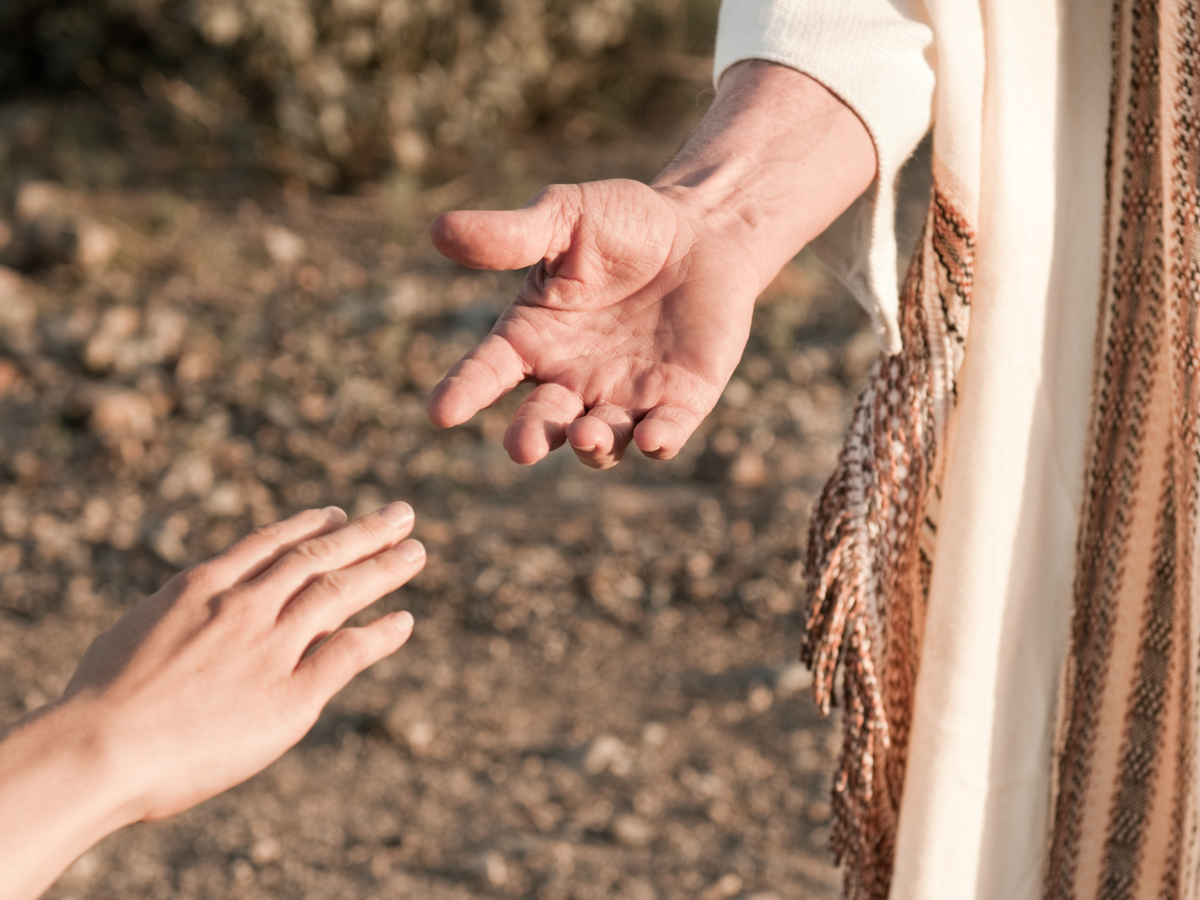
Facing the Reality
Facing the Reality of Misplaced HopeLet’s admit there is a fight going on that we do not know how to win with worldly wisdom. Suicide claims the lives of almost 800,000 people worldwide every year and is in the top 10 leading causes of death consistently, and yet we do not know how to face or handle it. Suicide is a challenging topic, but we can all relate to it. Everyone has a friend of a friend, a classmate, a family member, that has struggled with thoughts of suicide or acted on those thoughts. These relations give more reason and urgency to talking openly about suicide and its victims. For many of our SEND members, this conversation affects them in their daily lives as they build relationships and disciples to find and live for Christ.
Alaska is one of the top three states with the highest suicide rates per capita. According to a study done by the CDC, at least 23 Alaskans out of every 10,000 die by suicide. In the past three years, teen and adolescent suicide has increased by 18%. However, suicide does not only take the lives of adolescents; in Canada, the highest suicide rates occur in the 40-59 age range.
While there are plenty of staggering statistics, the natural question is to wonder, “why?” Adverse Childhood Experiences (ACES) are particular experiences identified by mental health professionals that can cause developmental challenges for children who experience them. Some examples of ACES are abuse, incarcerated family members; loss of a loved one at a young age; or alcohol or substance abuse in the home. Studies show that the more ACES a child is exposed to before the age of 18, the more likely they are to attempt suicide at least once in their lives.
These external factors, coupled with the lack of mental health resources in the rural communities, breed confusion, depression, a loss of direction, and negative self-opinion. They also enhance the lack of deep connection and feelings of not being known. Adolescents are especially searching for someone to look up to, especially when there is too much pain at home. Unfortunately for many, sometimes the only inspiration adolescents can find when they are struggling with suicidal thoughts are those that have committed suicide already, which is why many villages see a chain reaction of suicides. In many of these places, the physical conditions, as well as the generational ideology of being “strong” and tangibly competent, have led to adolescents being unable to look to the past to decide what to do with their future.
The idea of cultural loss lingers in the air of every community in the Far North. The local culture has a rich heritage of being steadfast survivors who protect and provide for one another. While there are many empowering lessons to be learned from this culture, the modern age of connectivity and technology has clashed with many of these traditions, pulling the newer generations in different directions of tradition and modernity. This divide is where dismissal and misunderstandings happen generationally, leaving many adolescents searching for answers about their identity.
Lacking identity, as well as causal factors such as ACES and depression, are not unique to the remote areas of the Far North but are experienced in concentration here. While victims of suicide are often linked by what is labeled as hopelessness, one SEND member suggested it is more a case of misplaced hope. Many individuals, age, and gender aside, place their hope in any number of worldly institutions. When the elements in their lives fail them, they do not have an active relationship with God upon which to rely.
One SEND member reflected on previous conversations with individuals struggling with thoughts of suicide or dealing with the loss of a loved one by suicide and said, “There isn’t anything I can give to someone who is struggling with suicide than Jesus.” This member shared how, amid tragedy, they remain faithful in sharing Jesus because such deep loss can open incredible doors to people willing to hear the Gospel. Even in an unexpected death, God is capable of bringing life.
Depression and suppressed emotion are not easily defined or addressed. The anchor of Christ is something tangible for those in the weighty fog of suicidal distress to hold. In the Far North, our members are bringing the truth of God the Foundation, allowing Him to work through them in communities across to 60/40 Window.
Please pray for our members and the members of these Far North communities:
- for generational support inside the villages;
- for the Word of God to be known;
- for individuals to be vocal about their struggles and needs;
- for decreased cases of abuse,
- most of all, for open minds and hearts to the hope that is Christ.
Further, we encourage impacted readers to consider a life lived with people in our rural communities, to support the individuals and churches already established financially. We encourage you to look around your cities to see the needs in new ways, to feel the aching of misplaced hope, and to answer God’s beckoning to engage with His people. “Why, my soul, are you downcast? Why so disturbed within me? Put your hope in God, for I will yet praise him, my Savior and my God” (Psalm 43: 5).
Additional Posts




